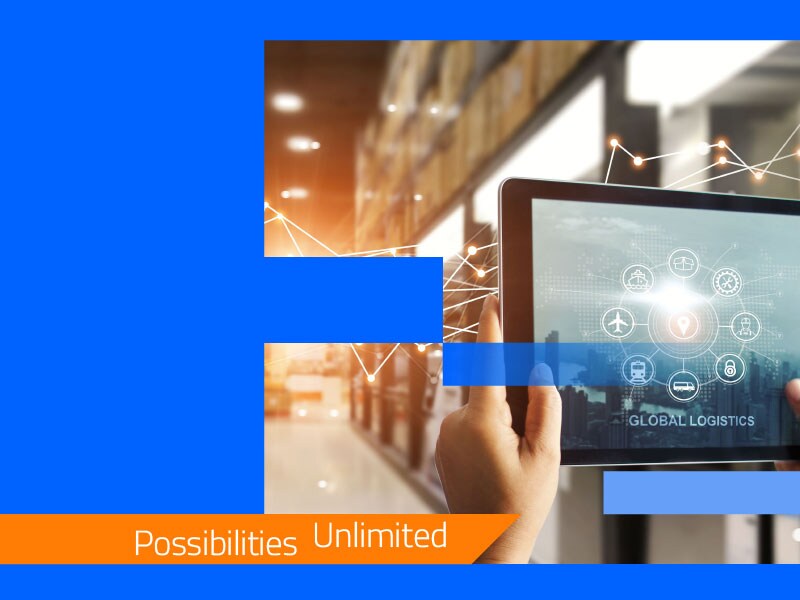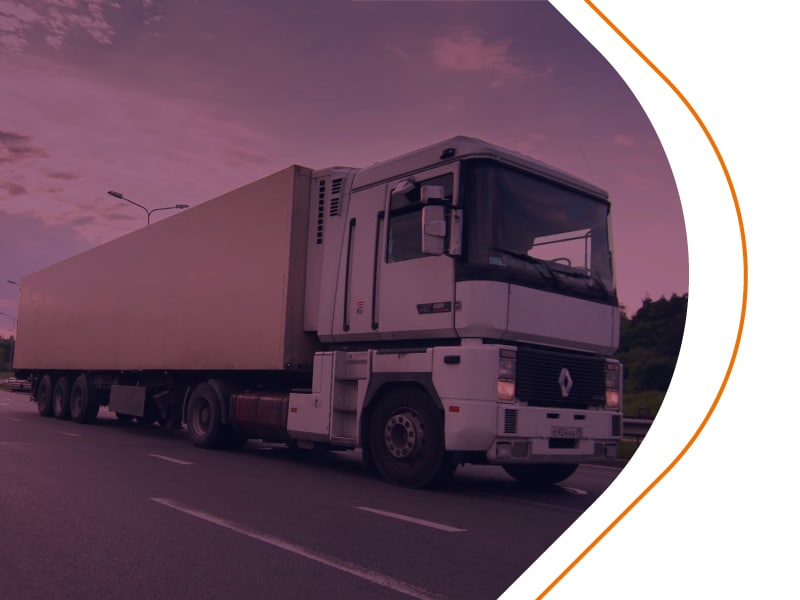Legacy B2B integration often creates bottlenecks, impeding seamless operations and communication across the value chain. In today’s evolving business environment, flexible integration platforms are essential to optimize overhead costs, address growing technical debt, and navigate the complex B2B landscape.
In our previous blog, we discussed how traditional B2B integrations hinder growth and the significance of adopting integration solutions at neutral cost, which not only helps orchestrate advanced business processes but also enables both real-time and batch-based data integration and transformation. This blog dives deep into how organizations can successfully migrate from legacy platforms to modern iPaaS solutions without incurring any migration costs.
Common Migration Challenges and Why Modernizing B2B Integration is Crucial
The increasing complexity of global supply chains necessitates businesses to move beyond legacy B2B integration tools for several reasons, including the need to connect with an expansive network of partners and onboard new partners with speed through modern integration solutions. However, meeting B2B integration requirements and migrating to a new platform is no easy task!
Here are a few challenges enterprises face when transitioning from legacy B2B systems to AI-powered solutions:
- Data silos: Legacy platforms are characterized by data silos—where systems do not talk to each other, making data accessibility and integration from disparate sources cumbersome.
- Data loss and discrepancies: Migrating vast amounts of connections and data integrations across systems and applications increases the risk of data loss and discrepancies, resulting in inaccuracies, downtime, and disruption to day-to-day operations.
- Data compatibility: Multiple data formats, structures, and communication protocols can lead to data distortion. E.g., Converting flat files into XLS, XML, CSV, etc., to enable integration into ERP or CRM systems with the new integration platform.
- Scalability: Middleware solutions aren’t designed to manage high-velocity, high-volume data streams, resulting in increased latency and system failures.
- Hidden costs: Maintaining and supporting legacy systems involve dedicated hardware, frequent patches and upgrades, which require substantial amounts of space, time, and resources.
From scaling data storage to streamlining processes, enterprises today are looking to transition to modern, cloud-based integration platforms with easy-to-use interfaces and AI copilots to manage integration, enable smart data orchestration, and reduce the burden of infrastructure management, ultimately resulting in cost savings.
Steps to Successfully Migrate from Legacy to an AI-first iPaaS at no additional Cost
- Comprehensive system audit: Enterprises need to begin by evaluating the existing IT landscape and the current application architecture to spot data dependencies and potential disparities in data formats to mitigate the risks associated with disruptions, address compliance issues, and any integration complexities head-on.
- Assess and plan: A comprehensive plan with phased approaches, including migration, testing, and deployment, is essential to minimize downtime and ensure a smooth transition. It’s also vital to have a backup plan to avoid unexpected delays, errors, risks—operational, financial, and security.
- Leverage Automation and AI: Leverage automation and AI tools to reduce manual effort and errors.
- Training & change management: Optimize adoption with minimal disruption through systematic employee enablement and support.
- Select the right platform: Select an AI-powered platform that can manage all your EDI, non-EDI, and API requirements, reducing frequent manual interventions and dependency on multiple tools, enhancing end-to-end visibility, secure data exchange, and customer satisfaction.
This is where EdgeVerve AI Next Supply Chain (TradeEdge) Integration comes in, a single, comprehensive solution for all enterprise-wide integration needs.
AI Next Supply Chain Integration: Supporting Your B2B Integration Journey with Cost-Neutral Migration
AI Next Supply Chain iPaaS provides a comprehensive integration platform that connects all three critical aspects of the supply chain:
- Trade Partner Network: Securely connect with suppliers, distributors, retailers, and logistics providers.
- Internal Systems: Seamlessly integrate ERP, WMS, TMS, and other enterprise applications at no incremental cost.
- Data Sources: Connect to both structured and unstructured data across your ecosystem.
Why AI Next Supply Chain Integration?
- Provides a single platform for any-to-any integration—whether they’re on-premises, cloud-based, or hosted by partners.
- Includes 300+ pre-built connectors for data, integration, AI and automations, dramatically reducing implementation time and complexity.
- Bridges the gap between traditional EDI (Electronic Data Interchange) processes and modern API-based integration through single unified platform.
- Offers comprehensive monitoring and management tools, enhancing visibility into all integrations from a single dashboard.
- Configure and optimize integration in a budget friendly way, reducing the need for manual intervention.
- Automate and integrate processes, ensure seamless data flow, and minimize disruption.
- Drive affordable, fast, and risk-free migrations.
Discover how EdgeVerve AI Next Supply Chain Integration can enable cost-neutral AI-powered migration by optimizing workflows and streamlining processes, while ensuring reliability, flexibility, and scalability.




Possibilities Unlimited
Possibilities Unlimited
Inspiring enterprises with the power of digital platforms
More blogs from EdgeVerve →